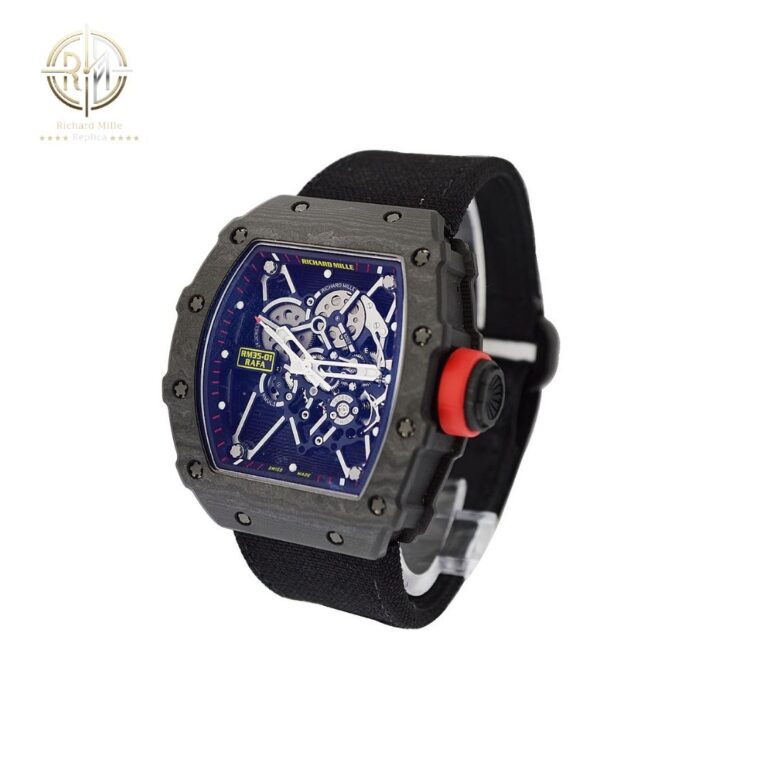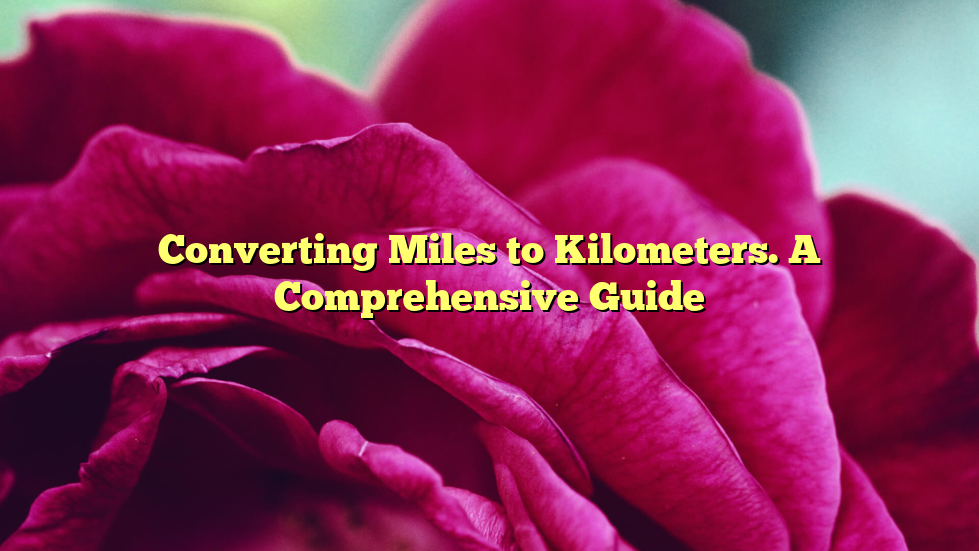Welcome to our blog post, where we will delve into the world of unit conversion and explore the process of converting miles to kilometers. Whether you’re planning a road trip, studying abroad, or simply curious about the metric system, understanding how to convert miles to kilometers is an essential skill. In this comprehensive guide, we will break down the conversion process, provide useful formulas and examples, and highlight some practical applications. So let’s dive in and unlock the mystery of converting miles to kilometers!
See More Richard Mille Replica Vs Original Store
1. Understanding Distance Measurement
Before we jump into the conversion process, it’s important to have a solid understanding of the units we’re working with. In this section, we will explore what miles and kilometers represent and their historical significance.
Miles:
A mile is an imperial unit of measurement commonly used in the United States and some other countries. It is officially defined as 5,280 feet or approximately 1.60934 kilometers. The mile has its origins in ancient Rome, where it was defined as the distance covered in 1,000 paces.
Kilometers:
On the other hand, kilometers are the primary unit of measurement used in the metric system, which is widely adopted around the world. A kilometer is equal to 1,000 meters or approximately 0.62137 miles. The term kilometer is derived from the Greek words kilo, meaning thousand, and metro, meaning measure.
2. The Conversion Formula
Now that we have a basic understanding of miles and kilometers, let’s move on to the actual conversion process. Converting miles to kilometers (and vice versa) involves a simple multiplication or division operation. The conversion formula is as follows:
See More Memorial Sign World Articles:
- Unveiling the Exquisite Richard Mille RM35-01 AOCA/203 White
- Unveiling the Exquisite Richard Mille RM 52-06. A Priceless Masterpiece
Kilometers = Miles * 1.60934
To convert from miles to kilometers, multiply the number of miles by 1.60934. Conversely, to convert from kilometers to miles, divide the number of kilometers by 1.60934.
3. Practical Examples
To illustrate the conversion process further, let’s work through a few practical examples:
Example 1:
Convert 10 miles to kilometers.
Solution:
Kilometers = 10 * 1.60934 = 16.0934 kilometers
Therefore, 10 miles is equal to approximately 16.0934 kilometers.
Example 2:
Convert 25 kilometers to miles.
Solution:
Miles = 25 / 1.60934 = 15.5343 miles
Thus, 25 kilometers is equivalent to approximately 15.5343 miles.
4. Converting Common Distances
Now that we know how to convert miles to kilometers using the formula, let’s look at some common distances and their conversions:
1 Mile = 1.60934 Kilometers
5 Miles = 8.0467 Kilometers
10 Miles = 16.0934 Kilometers
20 Miles = 32.1869 Kilometers
50 Miles = 80.467 Kilometers
100 Miles = 160.934 Kilometers
These conversions can come in handy when planning road trips or understanding distances in countries that use the metric system.
5. Practical Applications
Understanding how to convert miles to kilometers is not only useful for travel planning but also has numerous practical applications in various fields. Let’s explore a few examples:
Automotive Industry:
Car manufacturers often provide vehicle specifications in both miles and kilometers per hour (mph/kph). Being able to convert between these units allows consumers to make informed decisions when comparing different models.
Sports:
International sporting events, such as marathons or cycling races, typically use kilometers as the standard unit for measuring distance. Converting miles to kilometers helps athletes better understand their training progress and competition requirements.
Aviation:
Pilots and air traffic controllers rely on distance measurements in nautical miles, which can be converted to kilometers for easier comprehension and communication with ground control.
Health and Fitness:
Many fitness trackers and apps allow users to track their exercise distance, often measured in miles or kilometers. Understanding unit conversion enables users to set and achieve their fitness goals more effectively.
Conclusion:
In conclusion, knowing how to convert miles to kilometers is a valuable skill that can be applied in various situations – from road trips and travel planning to professional fields like aviation and sports. With a solid understanding of the conversion formula and practical examples provided in this comprehensive guide, you are now equipped to navigate between these two distance units effortlessly. So go ahead, embrace the metric system, and confidently convert miles to kilometers!

